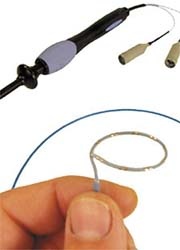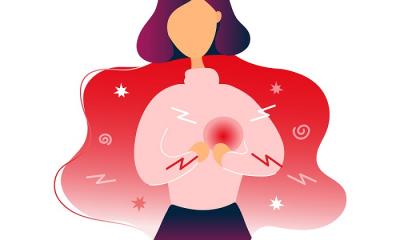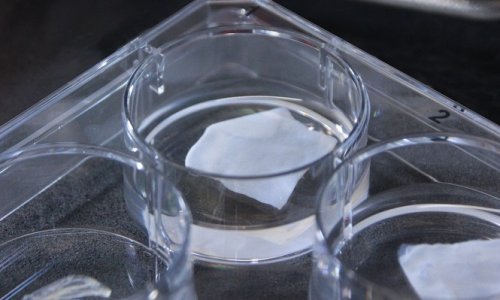Cardiologists meet to sum up progress
During a meeting of cardiologists in Prague earlier this year to exchange experiences with new methods and treatments to control atrial fibrillation, Dr Josef Kautzner, Head of Cardiology Department at IKEM (Institute of Clinical and Experimental Medicine) pointed out that numbers of patients with AF will more than double during the next 20 years.

In the Czech Republic alone, there are about 120 thousand people diagnosed with AF. All these patients have worsened quality of life, twice the mortality due to cardiac failure, and a five times greater risk of cerebral vascular accident (CVA) when compared with the normal population of the same age. AF also causes about a fourth of all CVAs, which means around five thousand people are afflicted by this disease.
The annual treatment of one patient is 40 thousand CZK, i.e. almost 5 billion CZK (178.5 million EUR). Figures for the UK, according to the NICE guidance, indicate that, in July 2006, there were more than 1.4 million UK patients with AF (source: NICE cost impact report) consuming substantial part of healthcare financial budget.
The main goals of AF treatment are widely recognised – to renew normal cardiac rhythm, and to ensure that AF doesn’t occur again. Therapeutic modalities are wide, apart from anti-arrhythmics, modern mini-invasive methods are recently on the rise – cardiostimulators and cardioverters and defibrillators, electric cardioversion and particularly catheter ablation.
In the Czech Republic, the first patient with an implanted cardiostimulator was seen at IKEM back in 1962, and the first digital cardiostimulator was implanted in 2003 in Prague’s Na Homolce Hospital. Catheter ablation as an AF treatment has been in use for quite some time.
With new medical technology achievements, three-dimensional imaging has arrived in this scene. New diagnostic approaches allow 3-D views inside of the heart, so cardiologists can combine that imaging technique with a cardiac CT scan, and navigate the catheter through the heart with a full stereometric view.
One of the pioneers in the field of even more advanced medical techniques is London’s St. Mary’s Hospital (see robot feature on this page).
Report: Rostislav Kuklik
01.09.2007











